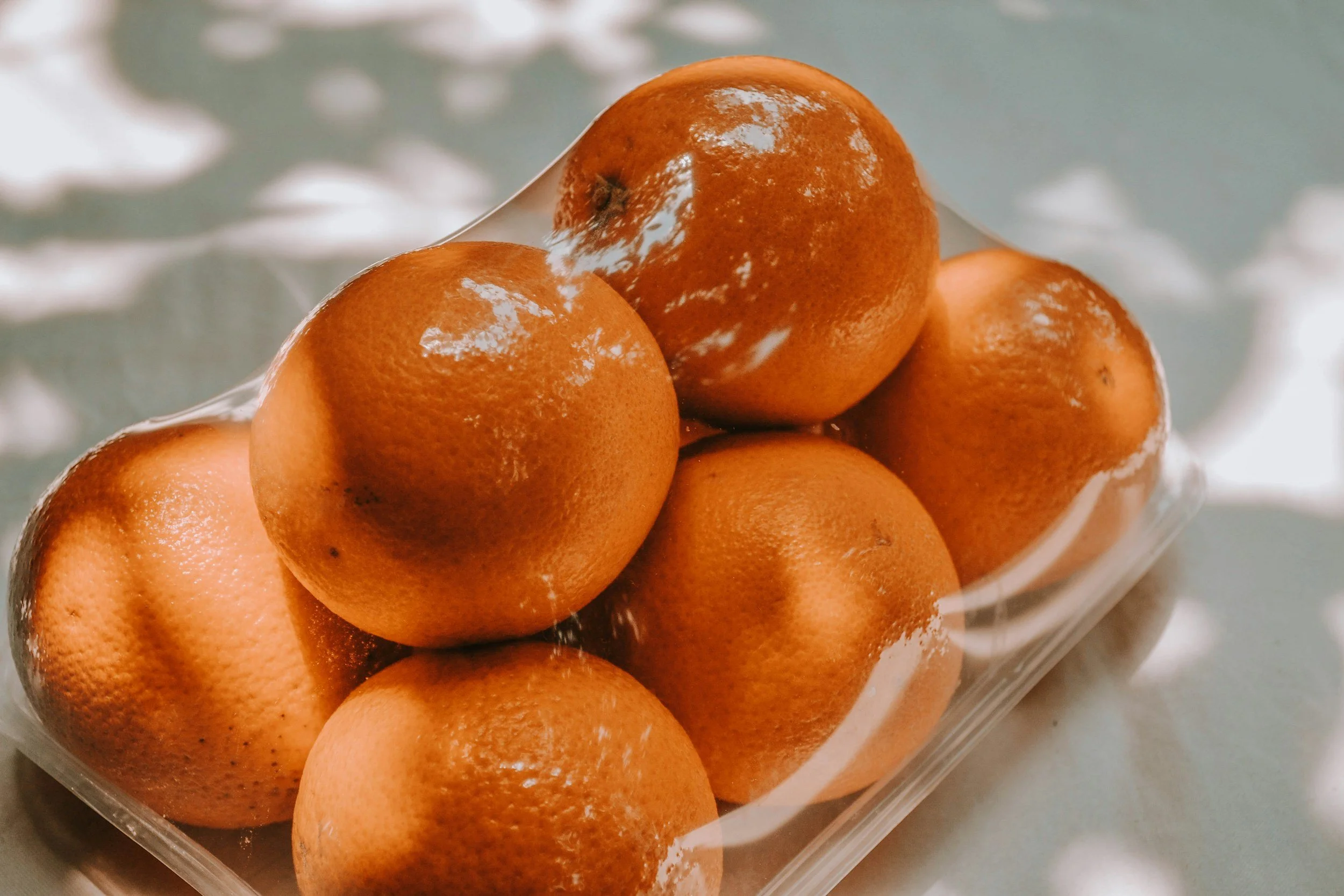Can Your Kombucha Solve Our Plastic Waste Problem?
You may know Kombucha for its tangy and refreshing taste. But researchers now think it may help solve our plastic waste problem. Kombucha isn’t just a delicious food and beverage product itself; it could also provide an innovative solution to food and beverage packaging.
Kombucha waste, specifically the slimy body called the Symbiotic Culture of Bacteria and Yeast (SCOBY), can be used to create edible and biodegradable food packaging. This SCOBY material, a byproduct of kombucha fermentation, is a durable and malleable film of bacteria and yeast that can be harvested and processed into packaging.
Issues With Current Packaging
Currently the most used plastic-based food packaging materials include polyethylene (PE), polypropylene (PP), and polyethylene terephthalate, which collectively account for over 400 million tons of plastic waste per year, of which nearly 40% is contributed by food packaging.
Unfortunately most items you toss in the recycling bin don’t end up being recycled. Much of this plastic ends up in our oceans, wreaking havoc on marine life. On top of that 57% of all plastic pollution is burned without any environmental controls in place, in homes, on streets and in dumpsites. Plastic burns hot and fast, so it is also used as kindling in cooking fires by individuals in developing countries.
Kombucha Packaging
SCOBY is short for symbiotic culture of bacteria and yeast. The biofilm is generated during the fermentation process of kombucha tea. It takes up to six weeks until the team holds the finished product in their hands.
Microorganisms ferment the sugar contained in the tea, yeasts convert the sugar to alcohol and CO2 and in turn, bacteria convert the alcohol to acetic acid. Slowly, a slimy layer of cellulose accumulates which grows into a thick, leather-like biofilm over the course of the process.
The recent study successfully demonstrates the potential of bacterial cellulose-based composites from waste from kombucha production as a new green biodegradable food packaging alternative. A modified bacterial cellulose using BAC50, glycine, CaCl₂, and cinnamaldehyde exhibited high mechanical strength, enhanced antimicrobial efficacy and moisture regulation, and retained its eco-friendliness. This means that it can also prevent contamination by bacteria,, important for food packaging.
Though it takes centuries for petroleum-based packaging products to be destroyed, bacterial cellulose from kombucha biodegrades completely within 60–90 days under natural conditions.Kombucha packaging can maintain the freshness of packaged food for up to six months.
It’s not available commercially yet, but I am sure all of you SCOBY makers out there are waiting for your day to come.



